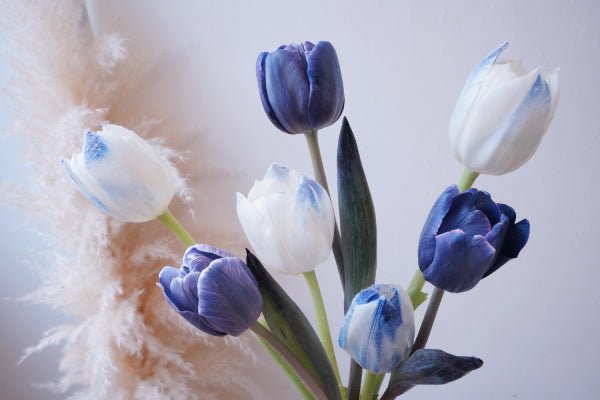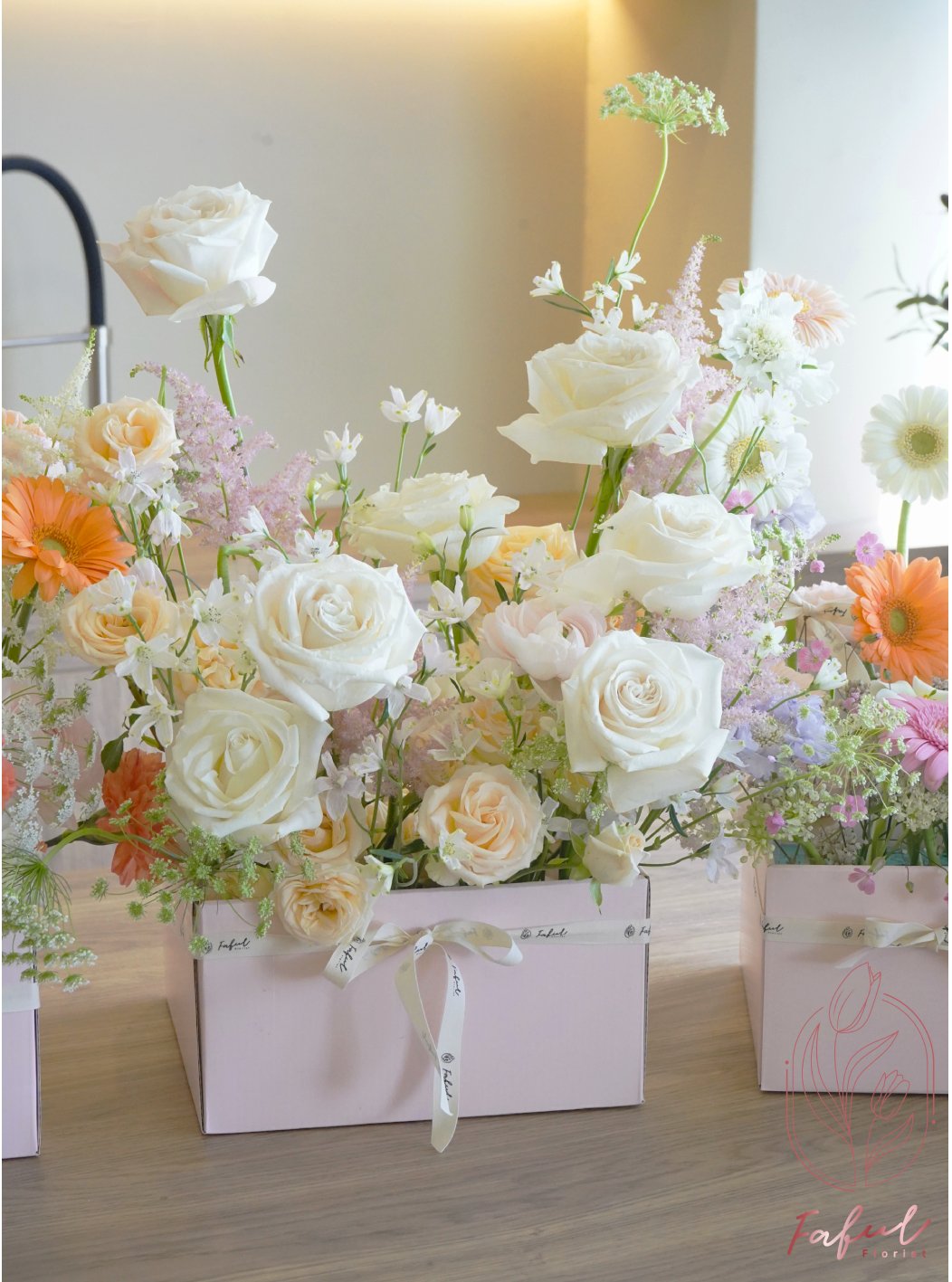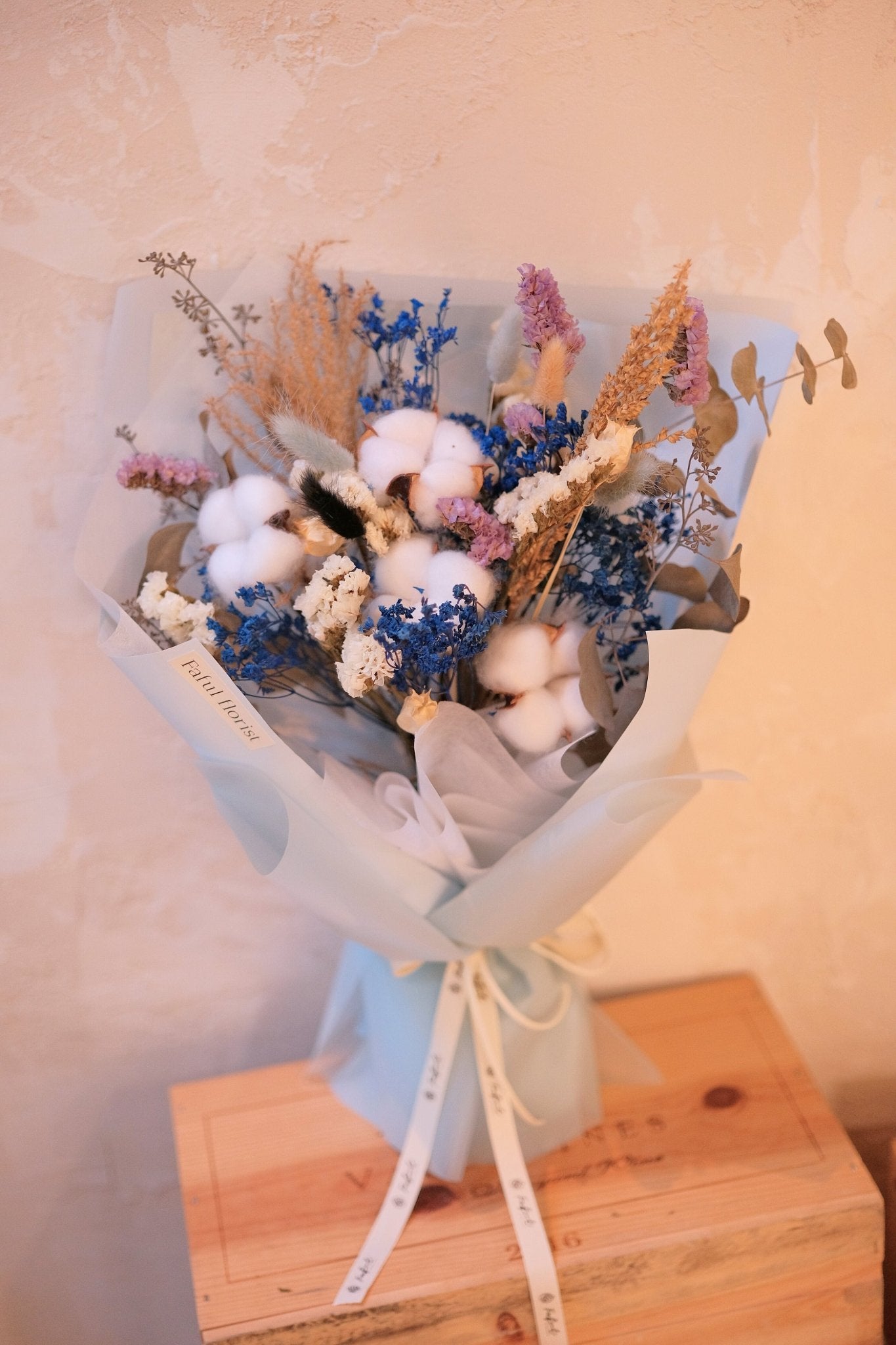
Tulip Varieties and Their Seasonal Significance
Introduction of Tulip
Tulips serve as a symbol of spring, embodying the renewal and vitality of the season with their vibrant colors and elegant shapes. This guide offers an in-depth analysis of the Tulipa genus, shedding light on the myriad of tulip varieties, their growth habits, and the art of utilizing their seasonal blooming patterns to orchestrate stunning floral displays that captivate the senses and enhance any setting.
Section 1: Understanding Tulip Varieties
With over 3,000 registered varieties, tulips are classified into 15 divisions based on flower morphology, bloom time, and genetic lineage. This section explores the distinctions between these groups, focusing on early, mid-season, and late-flowering types, to provide a foundational understanding of their cultivation and aesthetic potential.
Subsection 1.1: Early-flowering Tulips
Early-flowering tulips, such as 'Purissima', 'Red Emperor', and 'Prinses Irene', mark the start of spring with their vibrant blooms. These varieties, adapted to cooler temperatures, often feature strong, bold colors and are ideal for creating lively garden displays that signal the end of winter.
Subsection 1.2: Mid-season Tulips
Mid-season varieties like 'Queen of Night', with its dramatic deep-purple almost black flowers, 'Menton', and 'Apricot Beauty', offer a transitional palette of colors and shapes. These tulips are perfect for maintaining the momentum of blooming initiated by early varieties, providing a continuous flush of color in gardens and arrangements.
Subsection 1.3: Late-flowering Tulips
Late-flowering tulips, including 'Parrot Mix', 'Rem's Favourite', and 'Black Parrot', feature exotic shapes and textures, such as fringed and parrot varieties. They extend the tulip season into late spring, offering intricate petal formations and a wide range of colors for sophisticated floral designs.
Section 2: The Seasonal Journey of Tulips
This section delves into the cultivation practices and environmental factors influencing tulip blooming periods, providing insights on how to achieve a garden that showcases tulip beauty from early spring to late spring.
Subsection 2.1: Early Spring Tulips
Early spring tulips thrive in the lingering chill of winter's end, requiring strategic planting and care to ensure they awaken the garden with their initial bursts of color. Understanding the varietal needs and protective measures against late frosts is key to their success.
Subsection 2.2: Mid-Spring Tulips
As temperatures rise, mid-spring tulips become the garden's highlight. This period demands attention to watering practices and soil health to support the sustained vibrancy and health of the blooms.
Subsection 2.3: Late Spring Tulips
Late spring tulips, with their robust forms and tolerance for warmer conditions, close the season with a flourish. Planning for shade and moisture management ensures these varieties continue to impress as the spring wanes.
Section 3: Seasonal Significance in Floral Arrangements
Tulips are versatile in floral design, capable of adapting to various seasonal themes and occasions. This section explores how different tulip varieties can be selected and combined to reflect the essence of each season in floral arrangements.
Subsection 3.1: Spring Bouquets
Spring bouquets featuring tulips celebrate the season's fresh start with bright, cheerful colors. Pairing early and mid-season tulips with spring ephemerals like daffodils and hyacinths can create textured, vibrant compositions that embody the rejuvenation of spring.
Subsection 3.2: Summer Tulip Displays
While tulips are traditionally associated with spring, certain late-flowering varieties and species tulips can extend the tulip season into early summer, providing an unexpected and delightful floral element to summer bouquets and arrangements.
Subsection 3.3: Fall Floral Compositions
Though less common, the concept of tulips in fall arrangements speaks to the innovative use of preserved or silk tulips to mimic the warm hues and textures of autumn, offering a unique and lasting floral decor.
Conclusion
Exploring the vast world of tulips reveals the depth and versatility of this beloved flower. With strategic selection and planting, along with creative design techniques, tulips can be celebrated not just as harbingers of spring but as year-round floral treasures. This guide empowers gardeners and floral designers to leverage the seasonal significance of tulips, creating gardens and arrangements that resonate with beauty and temporal harmony.
If you’re captivated by the elegance and rich symbolism of tulips, we invite you to explore our exclusive Tulip Bouquet. Discover stunning arrangements that capture the beauty and message of this timeless flower.














